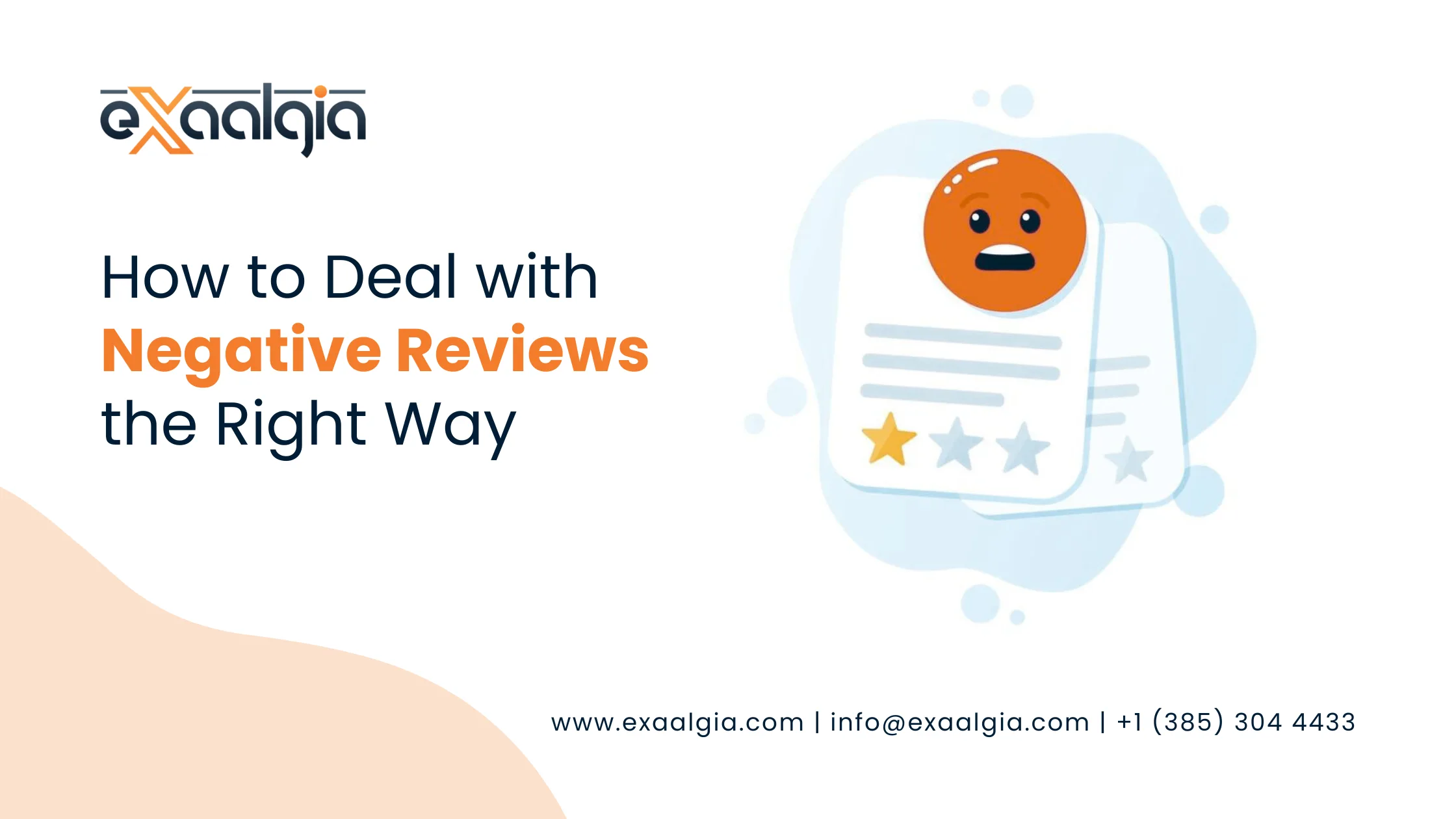In this post, we are going to look into five super prolific means of finding PAA based content suggestions, tools, research techniques, browser tricks, and even other platforms as well. We will also brief you on how you can ensure that your content performs to gain features. Let us jump in!
1. Use Semrush’s Keyword Magic Tool to Uncover PAA Questions
One of the most efficient ways to gather PAA insights is through Semrush’s Keyword Magic Tool. Here’s how you can use it:
- Enter a broad keyword relevant to your niche or brand, along with your domain name.
- Apply filters: open Advanced filters, choose the SERP Features option, and tick “People also ask”.
- Apply the filter to view only those keywords that trigger PAA boxes.
- Select promising keywords by evaluating their monthly search volume and your ability to rank (using the Personal Keyword Difficulty score).
- Click the SERP icon next to your chosen keyword to preview the People Also Ask section and extract the exact questions that appear in Semrush.
Why this method works:
It streamlines ideation by revealing questions real users are asking, and crucially, it identifies only those keywords that already trigger PAA. This helps you target content development where PAA visibility is possible.
2. Explore the Organic Research Tool to Find Gaps in PAA Exposure
If you’re already ranking for some terms but not appearing in People Also Ask, Semrush’s Organic Research tool can help you spot those gaps:
- Enter your domain and head to the Positions tab.
- Use the SERP Features filter to isolate keywords where you rank normally but don’t appear in PAA (select “Domain doesn’t rank”, then “People also ask”).
- Analyze the current PAA questions for those keywords.
- Modify your content to include and answer those questions, this can help elevate you into the PAA box.
Why this technique pays off:
It uncovers missed opportunities, questions your content could answer but doesn’t yet. By filling those gaps, you stand a chance to win more visibility in SERPs through the PAA feature.
3. Use Google Search Directly Then Click to Expand
Sometimes the simplest way is the most direct. Use Google Search straight up:
- Search your target topic on Google.
- Locate the “People Also Ask” box in the results.
- Click on a question to see the answer, and more related questions appear.
- Click ‘Additional Questions’ to keep expanding the list of potential topics.
Why this works:
It’s quick, real time, and shows what actual searchers are exploring. The ability to dynamically expand the box by clicking mimics how curiosity naturally unfolds, revealing rich avenues for content.
4. Try AlsoAsked.com for Visual Mapping of PAA Questions
AlsoAsked (at alsoasked.com) is a clever tool that gives you a visual map of PAA related questions:
- Enter your topic into AlsoAsked’s search bar.
- It generates a map of visual nodes representing questions related to your topic.
- Click each node to expand and explore deeper, branching into many new question ideas.
Why it’s valuable:
It provides an intuitive, visual representation of how questions interconnect, making ideation easier and more comprehensive, particularly when brainstorming content clusters or pillar pages.
5. Optimize Your Content to Be Featured in PAA Boxes
Finding PAA questions is just the first step, you also need to optimize your content to win placement in those boxes. Here are effective tactics:
a) Use PAA Questions as Headings and Subheadings
Turn PAA questions into H2 or H3 tags within your article. This helps Google understand what your content covers and positions you as a direct match for those queries.
b) Answer Clearly and Succinctly
Provide a direct, no-nonsense answer to each PAA question. Whether through short paragraphs, bullet points, or numbered lists, clarity is key. This aligns with the format Google typically pulls into PAA.
c) Mirror Existing Answer Formats
Note how answers in the current PAA box are formatted, if they’re listed as bullet points, format your answer similarly. Consistency with existing examples increases your odds of selection.
d) Optimize Images (When Applicable)
Some PAA answers include images. To stand out:
- Use descriptive alt text that accurately describes the image.
- Name the image file informatively (e.g., benefits-of-yoga.jpg rather than IMG1234.jpg)
Building a PAA Driven Content Strategy
Harnessing People Also Ask for content ideation and optimization means you’re working with questions real users are asking right now. Here’s a consolidated recap of the strategies:
- Keyword Magic Tool – Target PAA-triggering keywords efficiently.
- Organic Research – Identify and fill gaps in your PAA presence.
- Manual Search – Discover live question expansions and trends.
- AlsoAsked Tool – Map question clusters visually to build organised content.
- Content Optimization Practices – Use questions as headings, answer clearly, mimic formats, and enhance images to win PAA placement.
Together, these tactics help you uncover more ideas, refine your content structure, and gain more visibility in search results, driving traffic, engagement, and potential conversions.
Start tapping into your content’s PAA potential today, your next great post idea is literally a question away.







